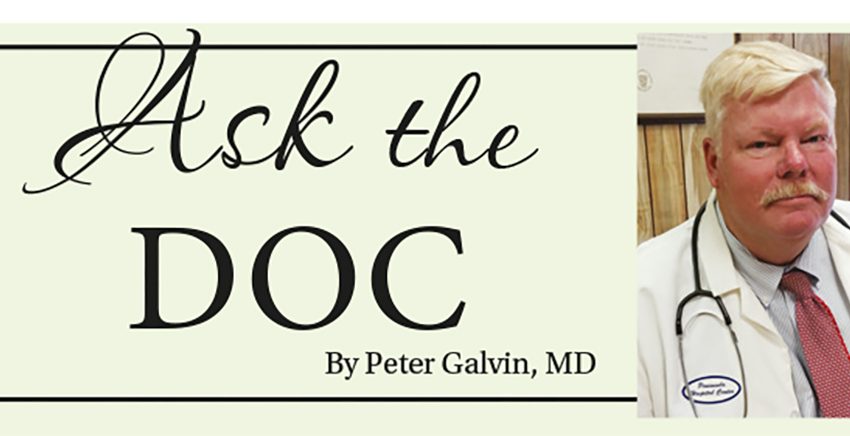Hysterical

By Peter Galvin, MD
For at least the last half century, manufactured scares about infectious diseases have become a part of life. We have observed worldwide-scare phenomena, starting with HIV/AIDS and continuing up to recently with the COVID-19 hysteria. Government officials, corporations, and mainstream journalists often create and then exploit excessive fear of diseases. Thirty to forty years ago it was the HIV/AIDS epidemic. The disease was a fearful, deadly malady that took a great number of lives, yet much needless panic sprang from the poorly informed, ideologically biased treatment of the epidemic by the news media, government officials, activists, and others. Regarding the spread of the disease by sexual contact, they inconsistently wanted the public to view gay men as uniquely victimized by the disease while also spreading the belief that it was an equal threat to heterosexuals. The reality was that heterosexual spread did occur but was extremely rare. In his book “The Myth of Heterosexual AIDS,” author Michael Fumento delved into this topic, but the book was squelched by the media and activists.
Then, in 1996, the next wave of hysteria hit the world – bovine spongiform encephalitis, BSE or “mad cow disease.” The London Daily Mail quoted one sensational prediction that 500,000 people in the UK would die from the disease. A book by Booker and North called “Scared to Death: From BSE to Global Warming” (note the book was reissued and retitled to “Scared to Death: From BSE to Coronavirus” after COVID-19 hit the world) discussed the hysteria in detail, especially how the UK and other countries nearly wrecked their own livestock industries over the hysterical media reports. It turns out that the disease took few, if any, lives. People in many countries stopped eating beef entirely (in some respects, not such a bad thing). The authors labeled the whole episode as “Mad Cows and Madder Politicians.” There was a suggestion that BSE was linked to the very rare human disease Creutzfeldt-Jacob, but a link was never proven.
Then in 2003, we had the SARS (severe acute respiratory syndrome) epidemic, which foreshadowed the recent COVID-19 hysteria. It involved mostly Asian countries. For example, Japanese hospitals made elaborate plans to treat thousands while they never had even one case. In all, 774 people died from SARS. The CDC actually admitted that the worldwide panic was a lamentable overreaction. 2009 saw the swine flu outbreak. Contrary to alarmist predictions, not much came of it. Poland saw many more deaths from influenza than swine flu. Poland had a total of 170 deaths from swine flu and refused to buy large batches of swine flu vaccine. Afterward, it became clear that the WHO played up the swine flu epidemic under pressure from vaccine manufacturers. This was detailed in a 2010 article in the German magazine Der Spiegel. The article concluded: “No one at the WHO [and other agencies] should feel proud of themselves. These organizations have gambled away precious confidence. When the next pandemic arrives, who will believe their assessments?”
Well, when COVID hit, people believed the reports. Yes, it was a deadly disease that took many lives, but it is now becoming clear we overreacted again. How many times have you seen someone driving their car alone, windows up, wearing a mask? The prosecution rests.
Please direct questions and comments to editor@rockawaytimes.com


